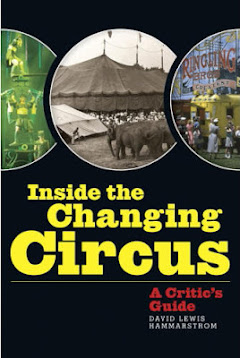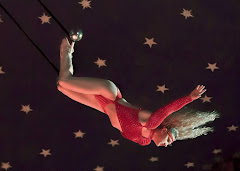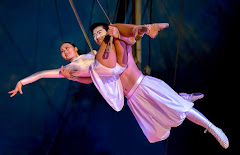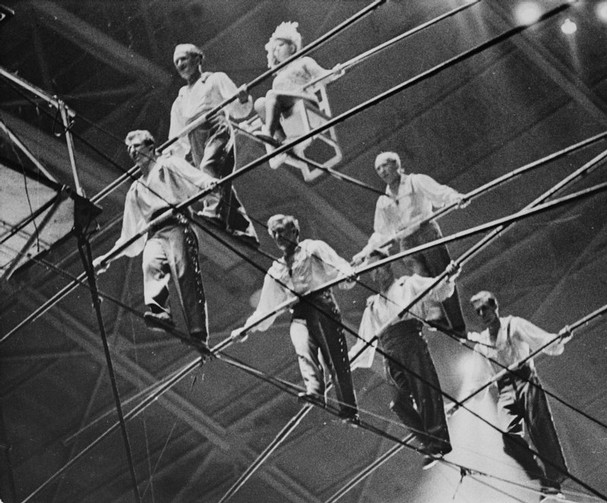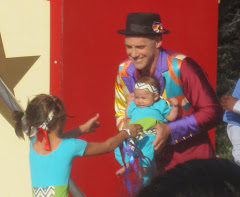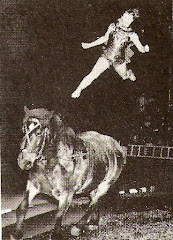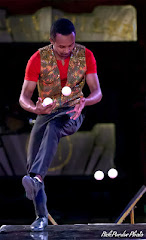Yuzuru Hanya
“Labored”
In Dick Buttons tweets about her, which I discovered to my great pleasure after these events were over, there is this: “Not elegant, technically strong, little performance ... less satisfying to watch than some others”
How the judges ranked them
(based on a total of the scores for both their short and long programs)
1. Alina Zagitov, Russia
2 Evgenia Medvedeva, Russia
3 Kaetlyn Osmond, Canada
4 Sakota Miyuahara, Japan
5 Carolina Kostner, Italy
Satoko Miyahara
How I ranked them, based on only the long program
1. Satoko Miyahara choreography great all way through. ... creamily expressive, her hand movements always integral
Button: steady jumping ... doesn’t’ have worthless arm movements.
2 Kaetlyn Osmond dashing .. flawed landing ... jumping a delight
Button: Beautiful skating ... elegant jumps ... marvelous.
3 Alina Zagitova mostly ballet ... heavy
Button: beautiful jumps, little height ... wildly secure .. a lot of arm flailing.
4 Evgenia Medvedeva labored
Button: not elegant, technically strong, little performance ... less satisfying to watch than some others
5 Kaori Sakamoto flubs
Button: charming. just not perfect
6 Carolina Kostner mechanical ... klutzy
Button: Elegant, old fashioned, enjoyable and where mistakes don’t matter
How the judges ranked the men
Yuzuru Hanya, Japan
Shoma Uno, Japan
Javier Fernandez, Spain
Jim Boyang,China
How I ranked them, based on only the long program
1 Yuzuru Hanya gripping bravado ... ballet on fire ... one of the greatest I’ve ever seen.
Button: Gorgeous. ... beautifully choreographed with the music. Terrific theatre!
2 Nathan Chen (a tie with Fernandez) great choreography
Button: Complete package. Good for you ... you’re back on the stage.
2 Javier Fernandez Strong, commanding.
Button: Prime example that you cannot have Artistry without Technique, and you cannot have Technique without Artistry. He along with Hanyu have it both. With Fernandez having the edge of a terrific performer
4 Patrick Chan** masterful fullness of body expressions
Button Quad security is not one of his elements
5 Shoma Uno (a tie with Rippon) Heavy ... strained theatrics ... a big fall
Button: Doesn't have the elegance of Hanyu , but a very strong secure program.
5 Adam Rippon solid perfection
Button: Rippon you had a beautiful skate.
Nathan Chen
Commentators from the Twilight Zone
Adam Rippon was invited by NBC to be a commentator. He declined, wishing to support his team. Which brings us to the obnoxious experts in residence: Tara Lipinski who jabbers on as if this were a bob sled contest (“another quad! ... another quad!...”) on over the music I would like to hear — or is music now secondary to Ms. Lip? I muted her out, and watched in silence. About her bizarre partner, gender-bending fashion freak show provocateur, Johnny Weir. I’ll give him this: His voice is softer, although I don’t think I trust his opinions much, especially after hearing him purr over Carolina Kostner, “Her artistry is captivating.” Who were the clowns at NBC who hired these two self-adoring irritants?
All of which gives me scant desire to await the next Olympics, and to hope another network gets the rights. NBC programming was wretchedly frustrating – It took me a five hour sit to see the last half of the men's long program. With the women, I think I came in near the last group. I would loved to have taken in dance and pairs, but not under such imprisoning conditions.
As for the skating in general, have I grown jaded, or is there a certain predictable air about too many of the programs seeming to conform to a narrowly defined template? Too little variety between them? On his twitter, Dick Button raised this issue, so I don't think it is just me thinking that.
Scroll down for my take on judging at U.S. Nationals
***********************************************************************
* Having grown up on wheels, and favoring dance and school figures, I wrote the book Roller Skating for Gold, the research for which took me to ice meets, and to skating lessons at Berkeley Iceland. I do believe I can spot a clean execution over a messy one, and the overall variety and complexity of a program, thank you.
** I had to wonder, was I that wrong with this guy? No, I'm sticking with my initial gut reaction, no matter how foolish I may appear. Then, I looked up Patrick Chan (did I not tell you
that I knew nothing about these skaters at the outset) He has quite some record, I discovered --- three times world champion!
If I'm in the mood and NBC is not broadcasting it, meet me here at the next U.S. Nationals.
ALL SKATE!

















